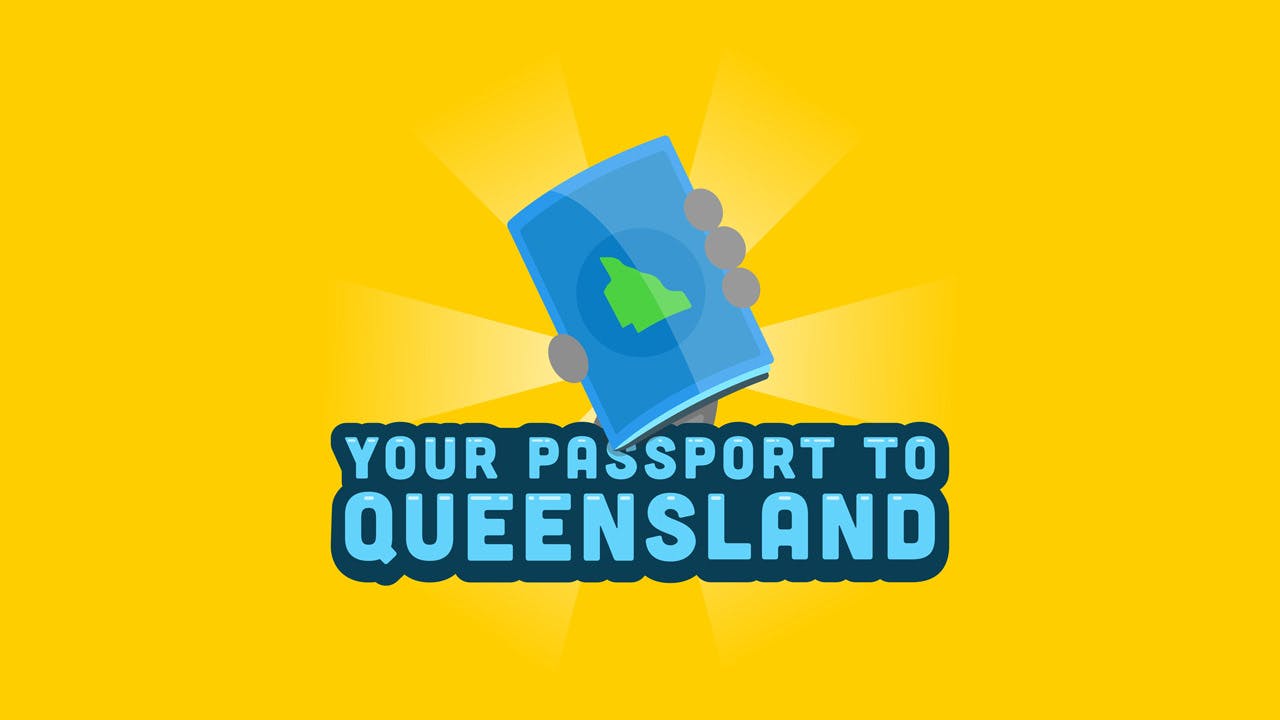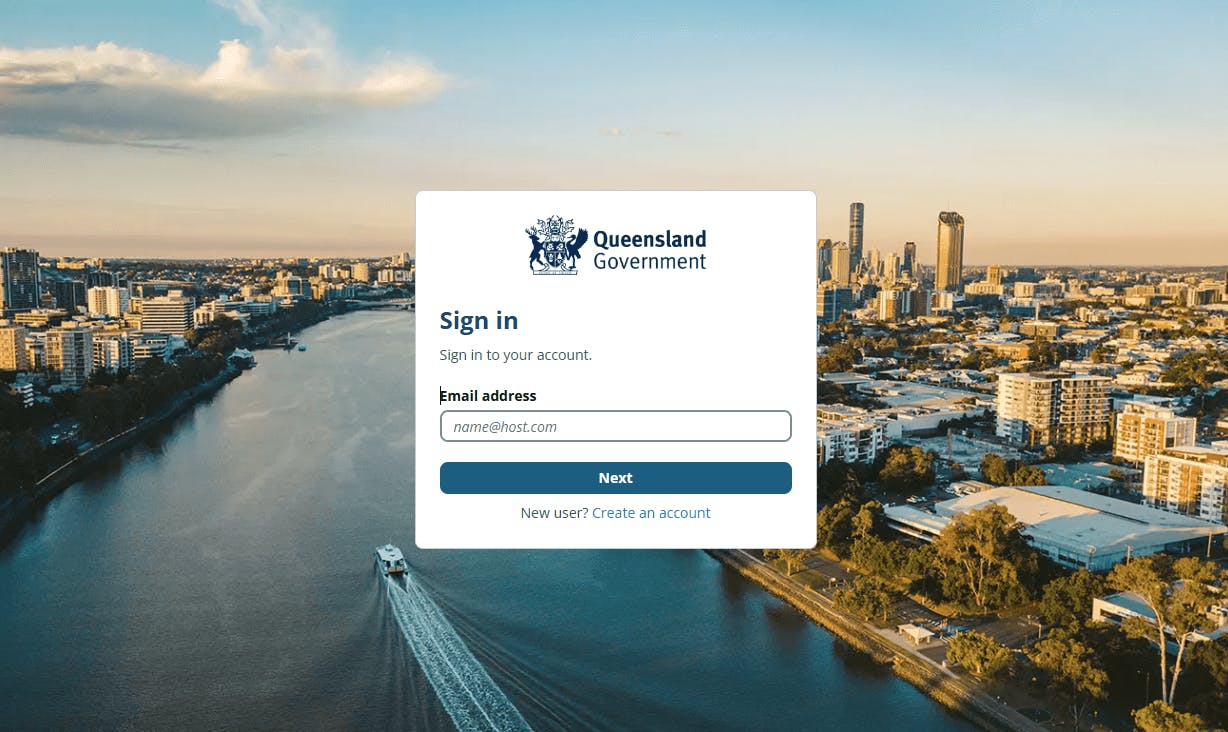
How AI is Transforming Queensland’s Complaint Management System
Validating the Complaints Clearing House Program (CCHP) for state-wide implementation
Executive Summary
The Queensland Government's Complaints Clearing House Program (CCHP) represents a landmark validation of AI-enhanced public sector services. Following Professor Peter Coaldrake's Let the Sunshine In report recommendation, the Queensland Government needed to confirm that centralising complaint management across all departments through a secure, AI-enhanced digital platform was technically viable and operationally sound.
April9 was selected to design and deliver a comprehensive validation platform that would test every aspect of this ambitious vision. Delivered between February and May 2025, the CCHP project successfully validated that automated complaint classification, intelligent routing, and cross-agency collaboration could operate within government security requirements while delivering measurable service improvements.
The project confirmed that sophisticated AI-powered government services could be both efficient and trustworthy, providing the Queensland Government with the confidence to proceed with full implementation across the state.
Read the full press release following our engagement.

The Challenge
A Fragmented Approach to Public Complaints Management
The Queensland Government handles public complaints through dozens of separate departments, each with different systems, processes, and response standards. This fragmentation creates significant challenges:
- Complainant frustration: People get bounced between departments without resolution
- Inconsistent service: Response times and quality vary dramatically across agencies
- Lost complaints: No central tracking means issues fall through cracks
- Wasted resources: Staff spend hours manually routing complaints
- Lack of transparency: Complainants have no visibility into complaint progress
The current systems have been identified as a major barrier to government accountability. The recommendation: create a technology-enabled clearing house to centralise complaint intake, classification, and routing across the entire the Queensland public sector.
The Question:
Could such a system actually work in practice while meeting government security and compliance requirements?
The Brief:
Project Objectives:

Test Technical Feasibility
Build a working system to demonstrate that secure, AI-powered complaint classification and routing could handle complex government requirements.

Prove Service Improvements
Show that AI could improve service delivery for both complainants and government staff without compromising quality.

Demonstrate Integration
Prove the platform could integrate with existing government systems (Microsoft Dynamics 365, identity management) without disrupting operations.

Validate AI Performance
Test whether AI could accurately handle specific complaints while maintaining transparency and explainability.
The Solution
April9 designed and built a comprehensive proof of concept that went beyond mockups to create a functional system that could be tested against real-world government requirements.
Core Innovation: Intelligent Complaint Triage
The platform demonstrated how AI could transform complaint handling through:
- Smart classification using Queensland-specific AI training and local context
- Automatic routing based on content analysis and jurisdictional rules
- Priority flagging for urgent or sensitive cases requiring immediate attention
- Seamless workflows with comprehensive audit trails and human oversight
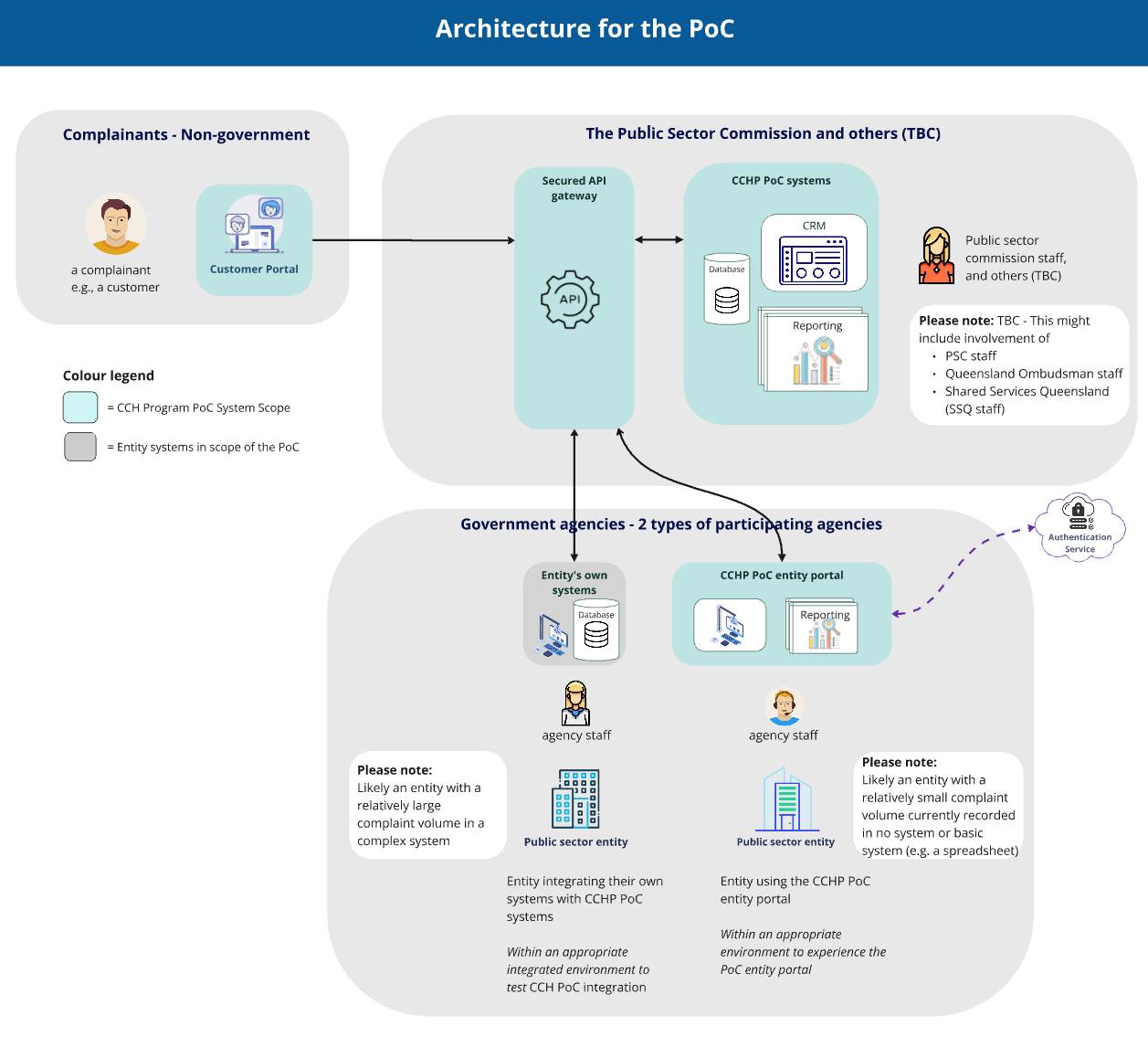
Technical Architecture
The proof of concept was built on enterprise-grade infrastructure designed for government security requirements:
Microsoft Dynamics 365 Integration
Connection with Queensland Government's existing case management systems, proving compatibility and data integrity.
Secure API Layer
Robust .NET service layer providing controlled data access with comprehensive audit logging that meets government compliance standards.
React-Based Portal (ISE)
Mobile-responsive interface for government staff, featuring server-side rendering for optimal performance and security.
AWS Bedrock AI Services
Enterprise-grade AI hosted in Australian data centers with Queensland-specific training for local context and accuracy.
Government-Grade Security
Role-based and attribute-based access control, SSO integration via AWS Cognito with SAML 2.0, and end-to-end encryption.
Platform Capabilities

Streamlined Public Interface
- Intuitive web forms with dynamic validation
- RESTful API for multi-channel submission
- Automated confirmation with unique reference numbers
- Full accessibility compliance
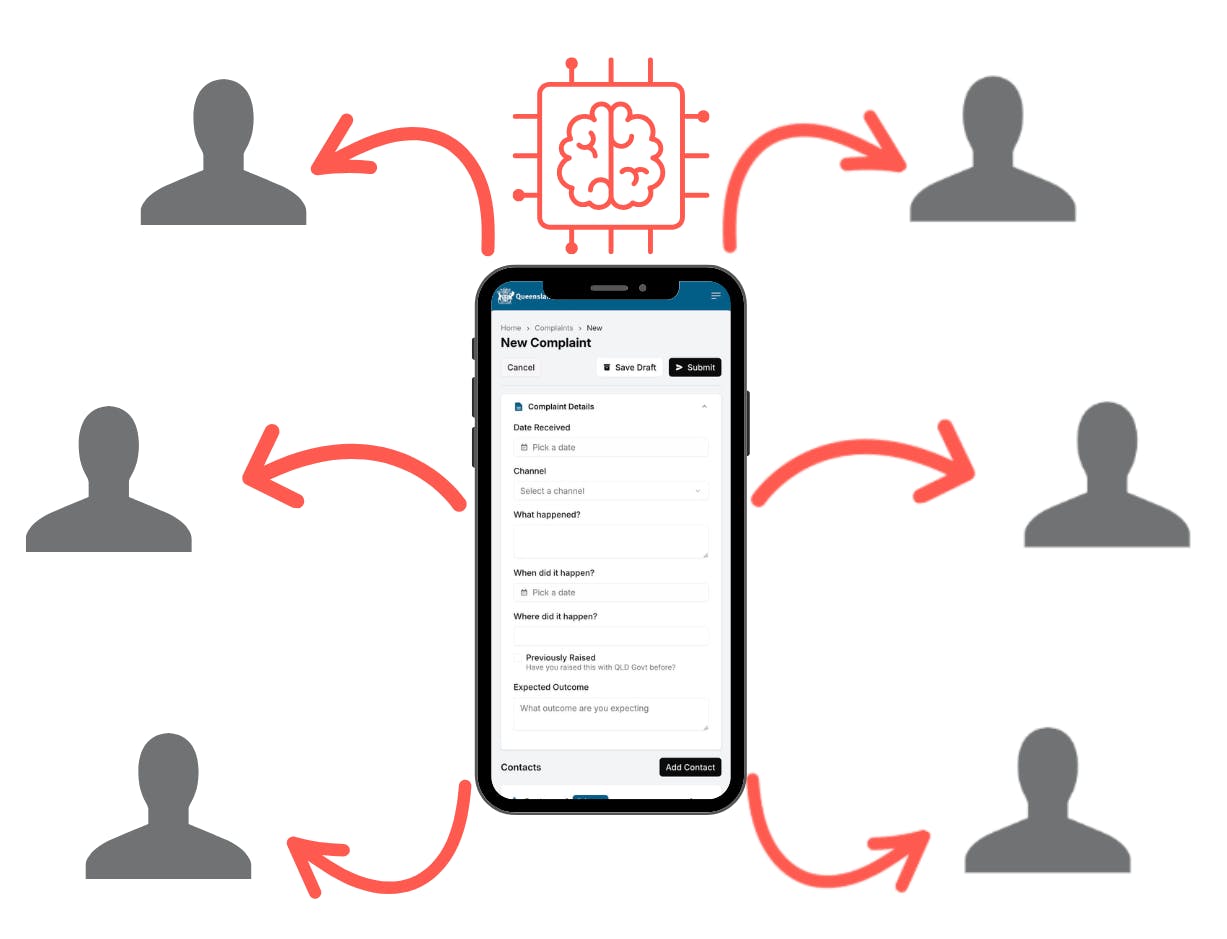
AI-Powered Classification
- Accurate complaint categorisation across diverse scenarios
- Reliable jurisdiction determination (state/local/federal)
- Effective priority flagging for urgent cases
- Detection of discrimination and sensitive issues
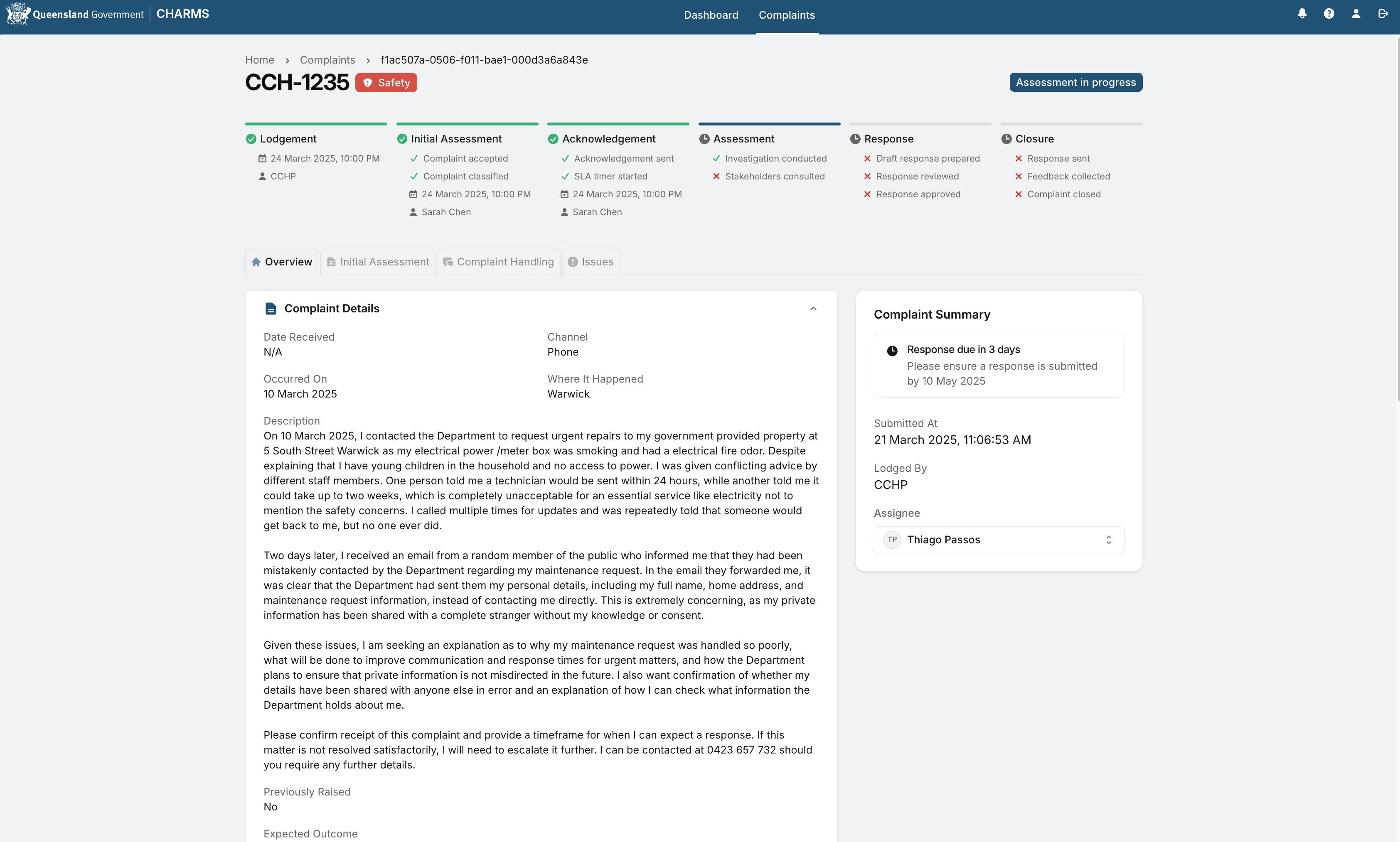
Agency Management Portal
- Queue-based workflows for efficient case handling
- Advanced search, filtering, and bulk management tools
- Mobile-optimised interface tested with field staff
- Cross-department collaboration and communication features
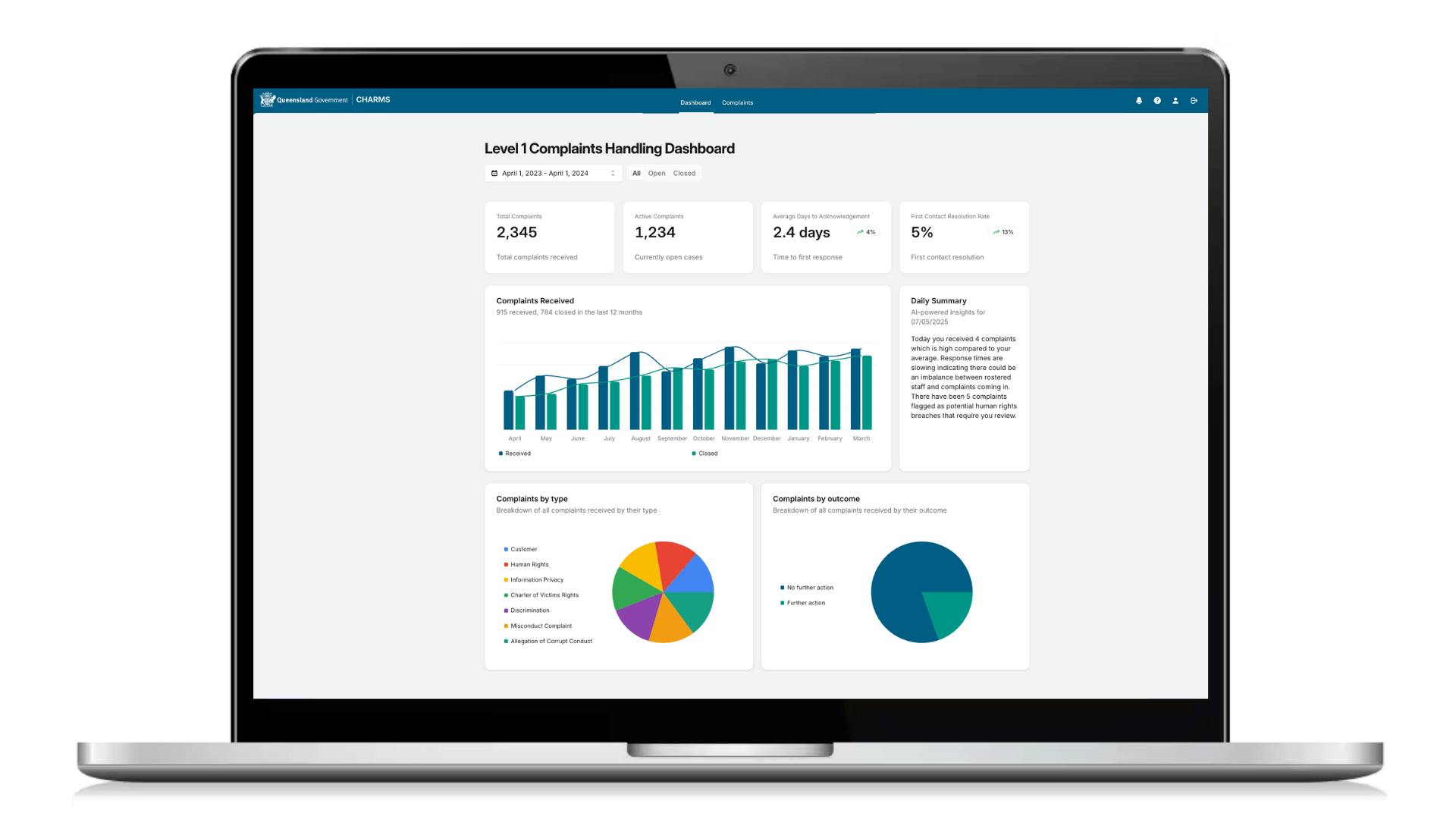
Audit and Transparency
- Complete action logging for all system activities
- AI decision explainability with human override capabilities
- Automated notifications and stakeholder updates
- Feedback mechanisms for continuous AI improvement
AI Ethics and Responsible Governance
The proof of concept implemented comprehensive AI governance through April9's Guardrails Framework:
- Input Processing: PII protection and content validation workflows
- Quality Control: Multi-layered consistency checks and bias detection
- Real-time Monitoring: Accuracy tracking and performance analytics
- Human Oversight: Intuitive feedback systems for AI decision review and correction
- Comprehensive Testing: Extensive scenario coverage using both real and synthetic complaint data

Implementation Approach

The 3-month proof of concept balanced rapid development with government security and stakeholder requirements:
Sprint-Based Development
Weekly SCRUM cycles with stakeholder demonstrations ensured continuous alignment and feedback incorporation.
User-Centered Design
250+ user stories and personas developed through workshops with government staff, complainant advocates, and subject matter experts.
Iterative Testing
Regular feedback sessions with department representatives ensured all workflows met real-world operational needs.
Security-First Architecture
Every design decision prioritised data protection, access control, and audit capabilities from day one.

Multi-System Integration
Successfully connected with existing departmental systems while maintaining security boundaries and data governance standards.
Cross-Department Workflows
Accommodated diverse complaint handling processes across agencies while standardising core efficiency improvements.
Scalability Testing
Confirmed system architecture could handle projected complaint volumes during peak demand periods.
Compliance Framework
Ensured all government data handling, retention, privacy, and accessibility requirements were met.
Results and Outcomes
Proof of Concept Success
The CCHP platform successfully demonstrated all critical requirements for government-scale AI deployment:
Results and Outcomes

Stakeholder Response
Government Recognition
The proof of concept received formal endorsement through official Queensland Government press releases, confirming readiness for implementation planning.
Cross-Agency Interest
Department leaders across multiple agencies expressed confidence in the approach for their specific operational needs.
Technical Approval
Government IT teams confirmed the architecture's compatibility with existing security policies and infrastructure.

Future Implementation Path
The successful demonstration has established a clear pathway for statewide implementation:
De-risked Development
All core system components, user interfaces, and integration approaches have been tested, reducing implementation risk for production rollout.
Proven User Experience
Both complainant and staff interfaces have been refined through real user testing, ensuring production deployment will meet usability requirements.
Integration Blueprint
Successful testing with existing government systems provides a proven template for departmental onboarding.
AI Governance Framework
The tested AI ethics approach provides a replicable model for responsible AI deployment across other government functions.

Broader Government Applications
- Police referral systems with AI-enhanced case triage and resource allocation
- Healthcare coordination with intelligent patient routing and multi-provider collaboration
- Social services with automated needs assessment and resource matching
- Regulatory operations with intelligent case prioritisation and automated workflows
- Emergency services with AI-enhanced coordination and multi-agency collaboration

Next Steps for Production
Based on proof of concept insights, successful statewide implementation would include:
- Enhanced AI Training: Expanded classification categories and routing logic informed by testing feedback
- Phased Rollout Strategy: Gradual departmental integration starting with pilot agencies before statewide expansion
- Public Communication: Public education about the new system's benefits and usage
- Continuous Improvement: Ongoing AI refinement based on real-world performance data and user feedback
Impact and Significance
The CCHP proof of concept demonstrates that thoughtful AI implementation can enhance democratic governance by making government more responsive, transparent, and effective for complainants and case managers alike.
By showing that AI can handle complex government workflows while maintaining accountability and public trust, the project has established a blueprint for future implementation as part of the overarching QLD government's digital transformation initiatives.
Key Achievement: The proof of concept confirmed that sophisticated AI technology can enhance rather than replace human judgment in government services, creating opportunities for both improved efficiency and better complaint management outcomes.
The project's success gives Queensland Government confidence to proceed with full implementation, knowing that technical performance, user experience, security compliance, and governance frameworks have all been thoroughly tested and proven effective.
Considering AI-powered solutions for complex organisational challenges? April9's helps organisations test innovative approaches while building stakeholder confidence and ensuring successful implementation. Get in touch with us about your project today.





